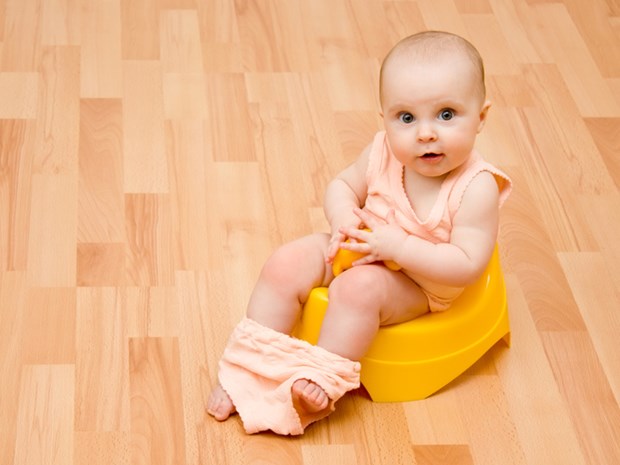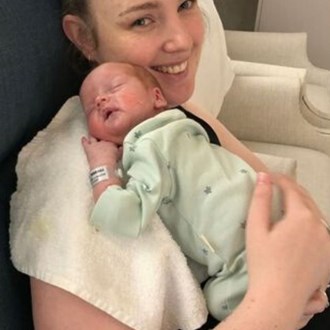Would you toilet-train your baby from birth?

The method of 'elimination communication' is quite common in non-western cultures - would you try it?
By Alison Davidson
July 12 2016
The elimination communication is quite common in non-western cultures and involves watching for your child’s signals then holding him over something to go. Many parents start from birth while some just offer it at certain times.
To begin, parents watch closely for signs he needs to go. These might include physical signs like fussing, or patterns, like five minutes after a feed. The best way to learn cues and patterns is to spend some time nappy-free. “Elimination communication has traditionally been less popular in Australia, but is gaining popularity,” Emma Callaghan from Horizons Family Support Service says tells us.
When you think your baby needs to go, hold him in a sitting position over a toilet, potty or sink. Parents will then make a sound like “psss” to show their baby it is time to go. Supporters say that eventually baby associates the noise with relieving himself and if he needs to go he will begin when you make the noise. If your baby doesn’t need to go, then you simply try again later.
This method is initially more about parents learning to read their child's signals than about the child learning to go to the toilet, and might not the best method if you are returning to work full-time, or are unable to spend the majority of time with your child, unless you have carers who are on board as well. Like all methods it will involve accidents, and because it relies on parents these might be when it's least convenient, like when you are busy or distracted. Some parents use nappies as a back-up, but remove them when they think their child needs to go.
Critics of this method have argued it doesn’t actually teach the child to learn and that it might make full training harder in the future. However, many supporters say when children aren't using nappies they will learn to recognise they need to go younger than they might otherwise have, and that being nappy free from such a young age is its own reward. Emma adds “Many parents who use it have concerns about things like disposables, or even nappy rash and this is their way of avoiding issues like this”.






